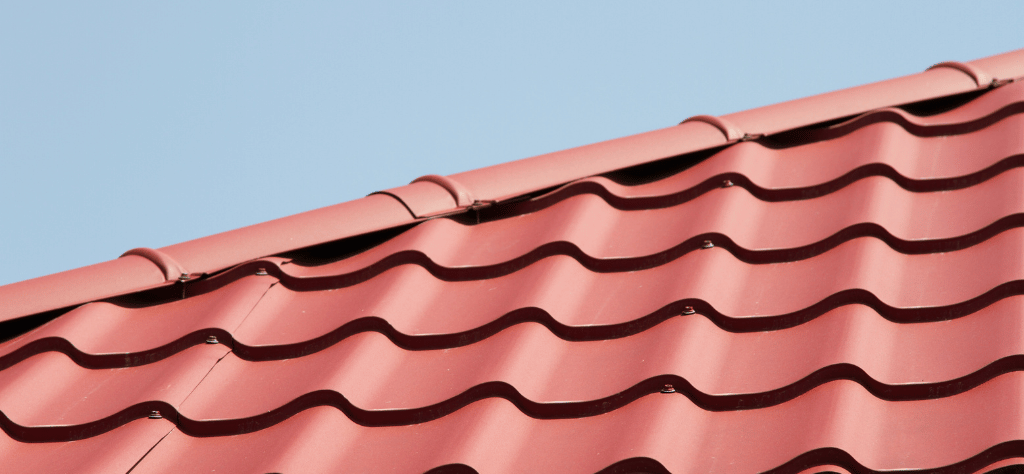
How to Choose the Best Roofing Material for Your Home
Selecting the right roofing material for your home is a crucial decision that impacts not only the aesthetics of your property but also its durability, energy efficiency, and overall value. With various options available, it can be challenging to determine which material is the best fit for your specific needs. In this article, we will explore different roofing materials, their pros and cons, and provide tips on how to make an informed choice for your home.
Asphalt Shingles
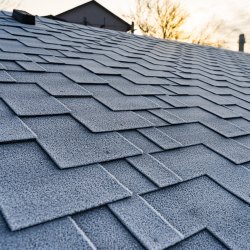
Asphalt shingles are one of the most popular roofing materials in the United States, and for good reason. They are affordable, easy to install, and come in a wide variety of colors and styles. Asphalt shingles are made from a base of either fiberglass or organic materials, which is then coated with asphalt and topped with mineral granules.
Pros:
- Cost-effective
- Versatile in design options
- Easy to install and repair
- Suitable for a wide range of climates
Cons:
- Shorter lifespan compared to other materials (15-30 years)
- Susceptible to wind and hail damage
- Not as eco-friendly as other options
Metal Roofing
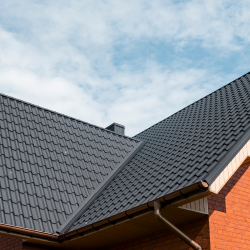
Metal roofing has gained popularity in recent years due to its durability and energy efficiency. Made from materials like steel, aluminum, copper, or zinc, metal roofs are known for their longevity and ability to withstand extreme weather conditions.
Pros:
- Long lifespan (40-70 years)
- Highly durable and resistant to wind, hail, and fire
- Energy-efficient, reflecting heat and reducing cooling costs
- Lightweight and suitable for various roof pitches
Cons:
- Higher initial cost compared to asphalt shingles
- Can be noisy during rain or hailstorms
- Requires professional installation
Tile Roofing
Tile roofing, available in materials such as clay, concrete, and slate, offers a timeless and elegant look. Tiles are known for their durability and can last for decades, making them a popular choice in regions with hot climates.
Pros:
- Long lifespan (50-100 years)
- Excellent resistance to fire and heat
- Low maintenance and durable
- Environmentally friendly options available
Cons:
- Heavy, requiring additional structural support
- Higher initial cost and installation complexity
- Fragile and can break under impact
Wood Shingles and Shakes
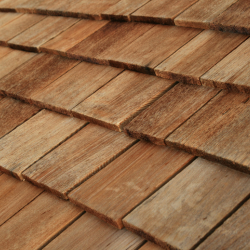
Wood shingles and shakes provide a natural and rustic appearance, often made from cedar, redwood, or pine. They are a popular choice for historic or traditional-style homes.
Pros:
- Attractive, natural aesthetic
- Good insulation properties
- Can last up to 30 years with proper maintenance
Cons:
- High maintenance, requiring regular treatment and inspection
- Susceptible to fire, insects, and rot
- Not suitable for areas with high humidity or frequent wildfires
Synthetic Roofing
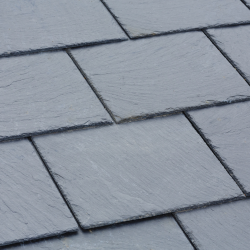
Synthetic roofing materials, such as rubber, plastic, and polymer, are designed to mimic the appearance of natural materials like slate or wood. These options are becoming increasingly popular due to their durability and cost-effectiveness.
Pros:
- Lightweight and easy to install
- Durable and resistant to damage
- Lower cost than natural materials
- Available in a variety of styles and colors
Cons:
- Relatively new, with unknown long-term performance
- May not have the same aesthetic appeal as natural materials
- Can be more expensive than asphalt shingles
Factors to Consider When Choosing Roofing Material
When deciding on the best roofing material for your home, consider the following factors:
- Climate: Your local weather conditions play a significant role in determining the most suitable roofing material. For instance, metal and tile roofs perform well in hot climates, while asphalt shingles are suitable for a variety of weather conditions.
- Budget: Evaluate both the initial cost and long-term maintenance expenses. While some materials may have a higher upfront cost, they can offer better durability and lower maintenance costs over time.
- Aesthetic Appeal: Consider the architectural style of your home and choose a material that complements its design. Roofing materials come in various colors, textures, and styles, allowing you to enhance your home’s curb appeal.
- Durability and Lifespan: Look for materials that offer longevity and resistance to damage. Investing in a durable roofing material can save you money on repairs and replacements in the long run.
- Environmental Impact: Eco-friendly options, such as metal, clay tiles, and synthetic materials, can reduce your carbon footprint and contribute to sustainability.
Choosing the best roofing material for your home involves balancing your aesthetic preferences, budget, and the specific needs of your property. By understanding the pros and cons of various roofing materials, you can make an informed decision that enhances the beauty, durability, and value of your home. At Roofworx, we offer expert advice and professional installation services to help you achieve the perfect roof for your home. Contact us today to learn more about our services and how we can assist you in selecting the ideal roofing material.
